
In his speech at the United Nations Friday morning, Pope Francis turned again and again to the international organization’s hitting its 70th anniversary and its long history of attempting to work toward peace. And, though that history stretches over many decades, there was one former U.N. Secretary-General who the Pope called out by name: Dag Hammarskjöld, who held the position in the 1950s. As the Pope explained, he gave his life “for peace and reconciliation among peoples.”
So what happened to Hammarskjöld?
The Swedish-born diplomat, who became Secretary-General in 1953, was killed in a plane accident in Africa, while visiting the Congo for a peace mission. The occasion for the visit was the political crisis in the Congo that had begun the year before. After the African nation gained its independence from Belgium, war erupted over who would lead the nation, as Cold War-era proxy fighting drew the world’s eyes to its future. U.N. peacekeepers were involved to an extent that the organization had never before seen, as they tried to prevent full scale civil war. In the relatively early days of the operation, in September of 1961, Hammarskjöld flew to Léopoldville to personally check out what was going on.
Though war seemed imminent, the accomplished diplomat managed to convince the leaders on the two sides to discuss a ceasefire. He would personally lead the meeting, even though its location, in the city of Ndola, meant that his plane would have to cross dangerous territory. Though precautions were taken, Hammarskjöld never arrived at his destination. In the confusion that followed, it took nine hours for a search party to go out. Late in the afternoon after he was scheduled to get to Ndola, his plane was found, crashed, in a forest mere miles from the airport. There was only one survivor, a security guard who died a few days later. Though it was suspected that the crash was the work of a well-known partisan, authorities soon concluded that Hammarskjöld’s plane had probably malfunctioned, though it would remain impossible to say for sure.
Selfies of People Celebrating Pope Francis's Journey Across the U.S.

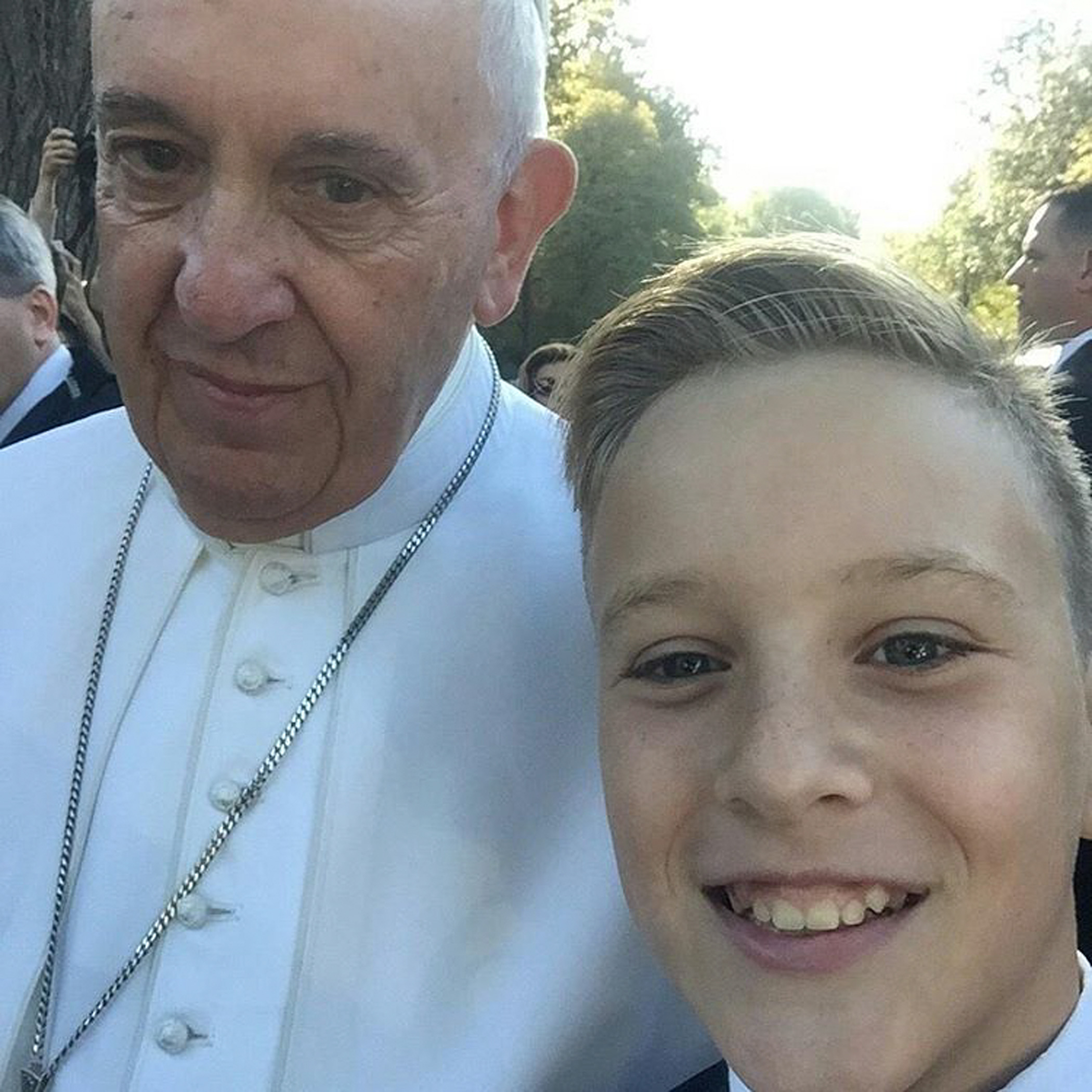
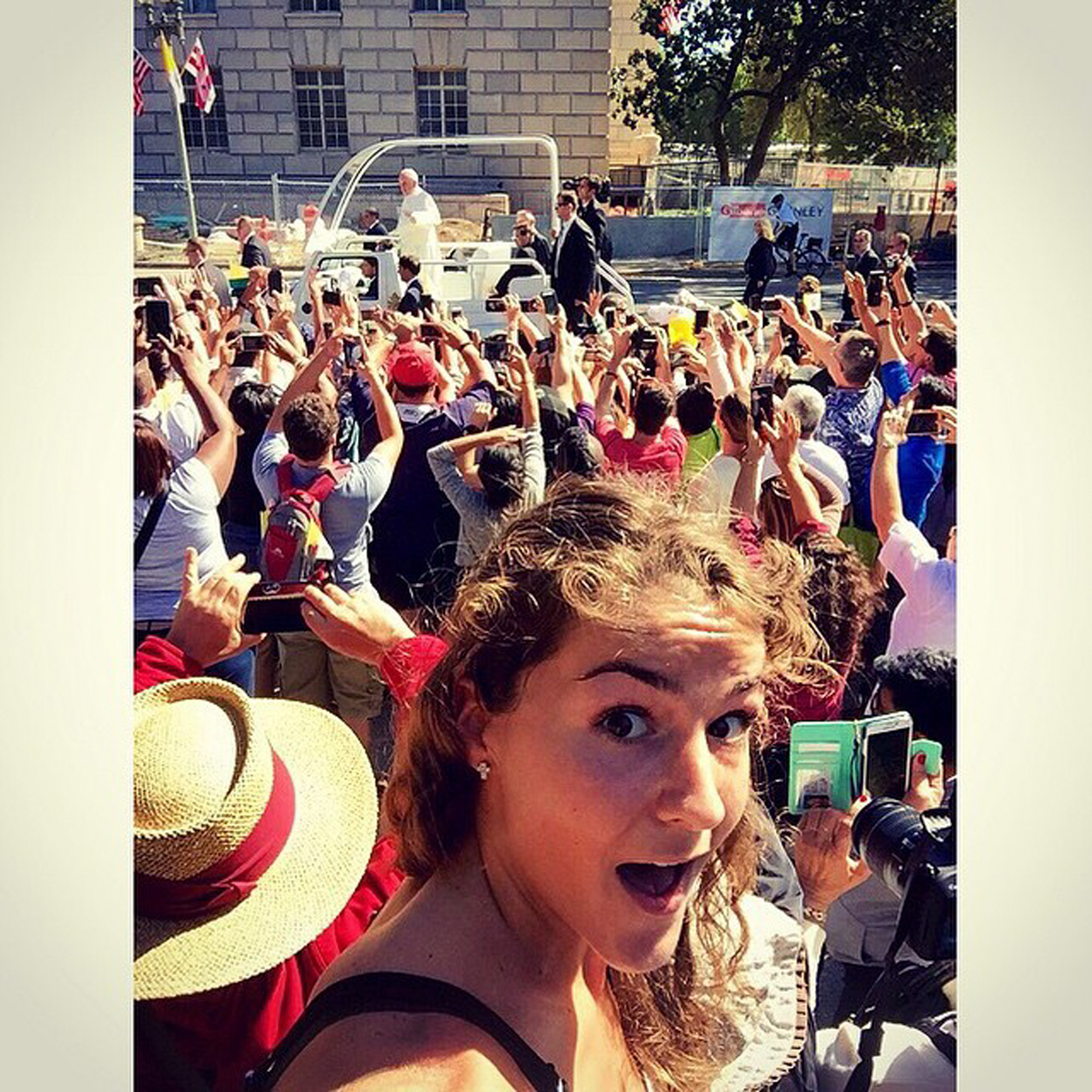
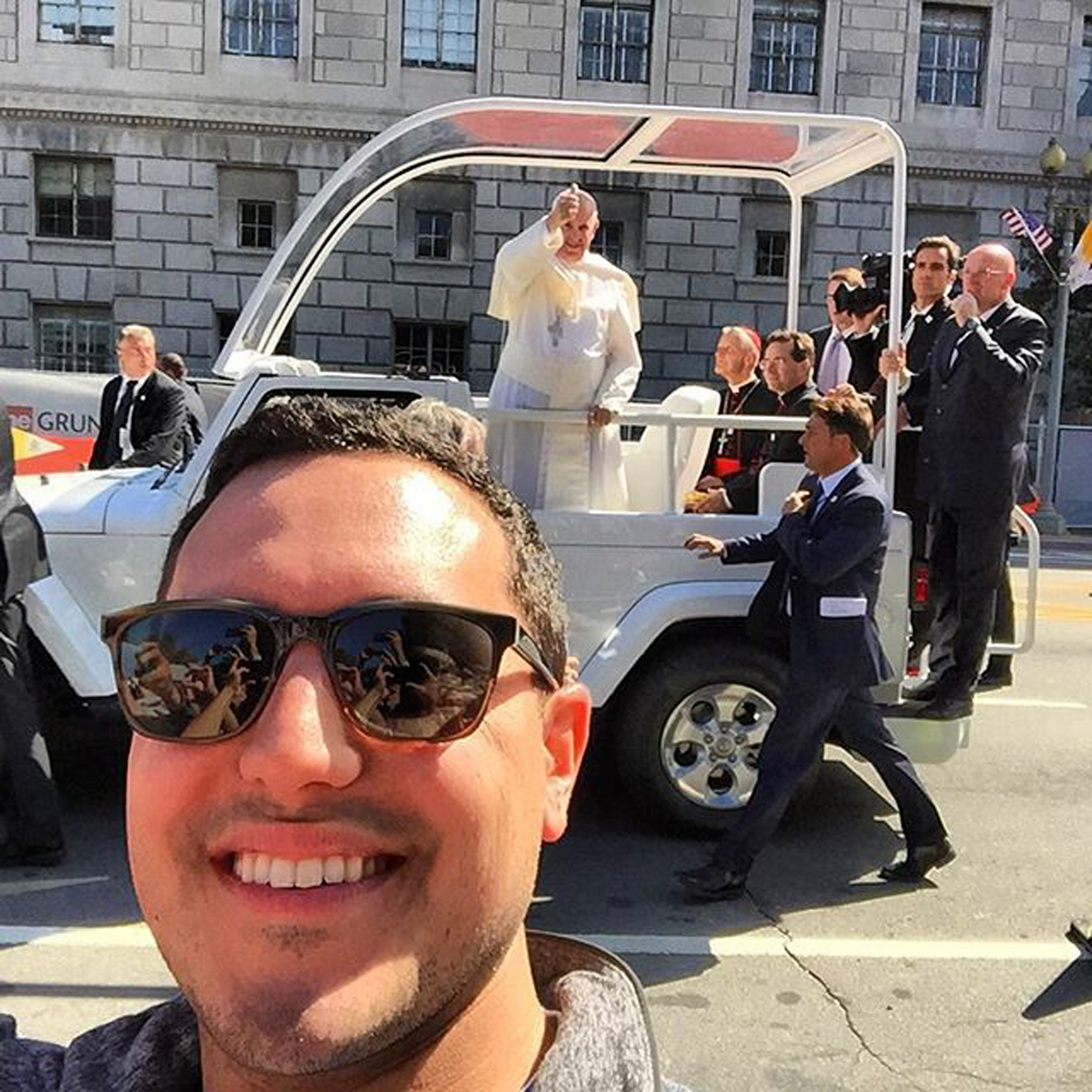




As TIME explained the week after his death, Hammarskjöld had an outsized influence in revitalizing the United Nations:
The U.N. was founded 16 years ago amid great expectations that were based on large hope but little reality. There was among the earnest founders at the San Francisco conference no common law, no common principle, no common view of man or the world—only a ritualistic insistence that mankind must have some sort of security from war. After years of worldwide incantations about support for the U.N. and worldwide disillusionment with its performance, Dag Hammarskjöld did one thing—he reduced the great but impossible hope of U.N. as the molder of world peace to the small but possible hope of U.N. as an arbiter, and even a policeman, in relatively minor trouble areas where the interests of the great nations were not directly involved.
Hammarskjöld pushed that hope to its limits, and perhaps beyond, in the Congo. It is likely that, had he lived, his effectiveness as Secretary-General might have been near its end, anyway. The fact remains that as the exponent of the limited hope he had performed great service, the best measure of which was that the Russians had vowed to destroy him and his office ever since last year when he moved U.N. troops into the chaotic Congo, thus preventing a Moscow-run regime. A favorite motto of his was a quotation from Shelley’s Prometheus Unbound; one should, he said,
…hope till Hope creates
From its own wreck the thing it contemplates.
His death threatened to derail the United Nations, suddenly left without a leader at a time when Cold War tensions characterized international relations between the major powers. The U.N.’s founders had, oddly enough, not left written instructions for how to proceed should a Secretary-General end his term due to death. It seemed to many observers that the loss of Hammarskjöld would mean the loss of that hope he had fostered, the hope for a world where small steps toward peace seemed possible. “As though I had lost a dear and personal friend, I wept bitter tears of sorrow and regret at the news of the death of a great and good man, a true and courageous gentleman, Dag Hammarskjöld,” one TIME reader wrote to the magazine in the days that followed. “He belonged not to his native land alone but to all the free world.”
And yet, more than a half-century later, the United Nations continues to trudge ahead. For a speech in which the Pope also mentioned that “the experience of the past 70 years has made it clear that reform and adaptation to the times is always necessary,” few names would be more relevant to invoke than Hammarskjöld’s.
Read more about the aftermath of Hammarskjold’s death, here in the TIME Vault: The U.N. in Crisis
See Every Pope Who’s Ever Been on the Cover of TIME

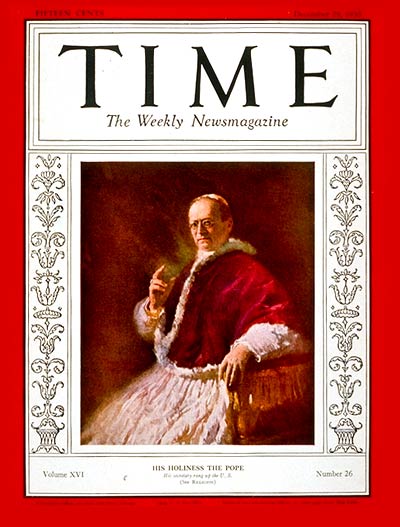
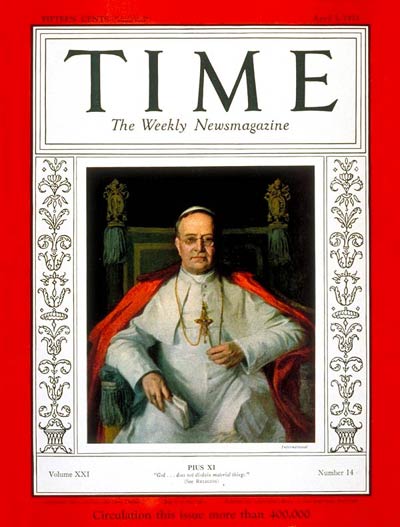

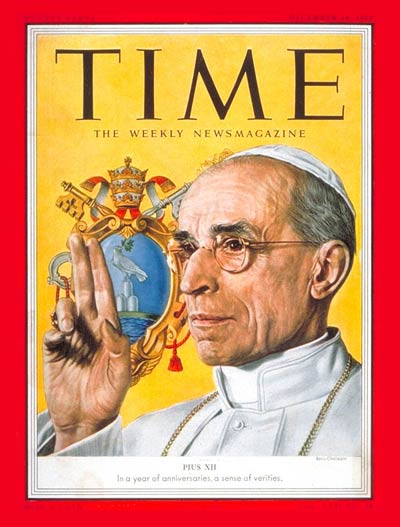

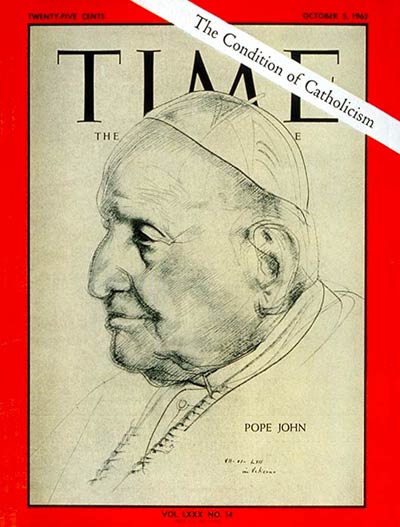

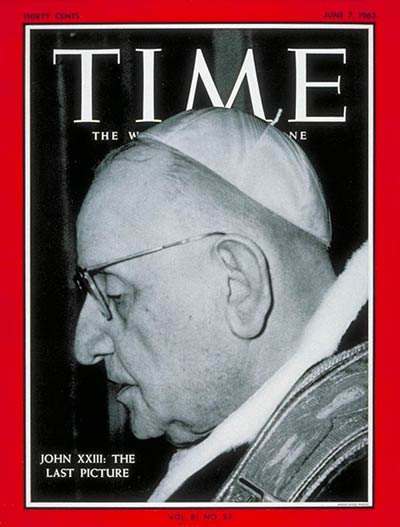
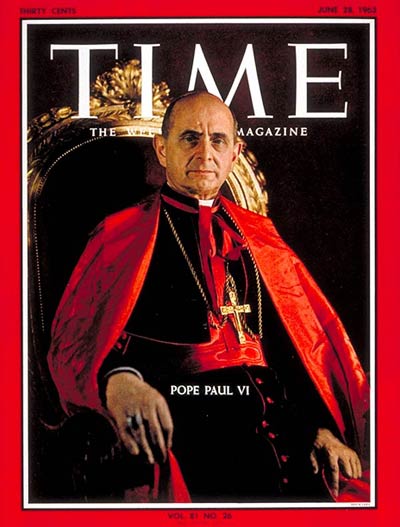

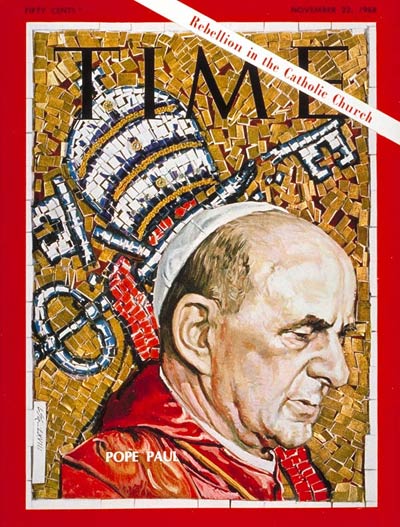


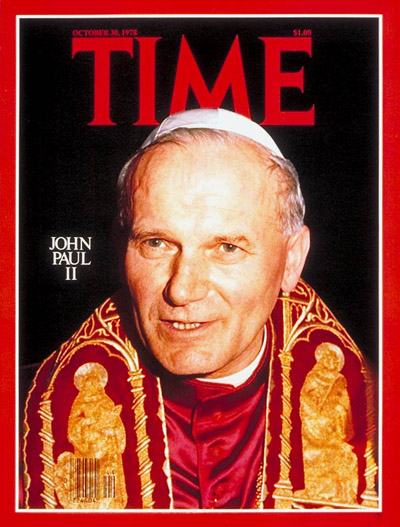
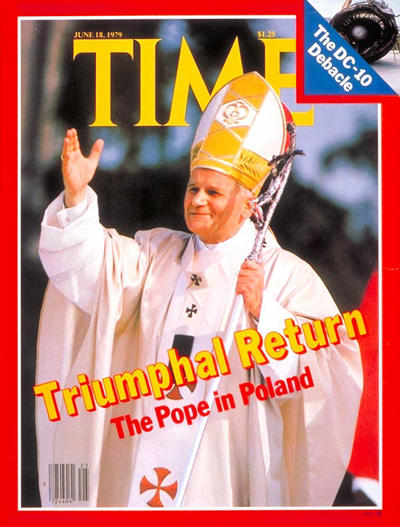
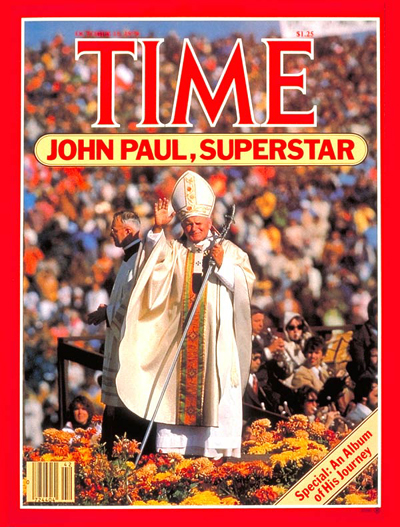
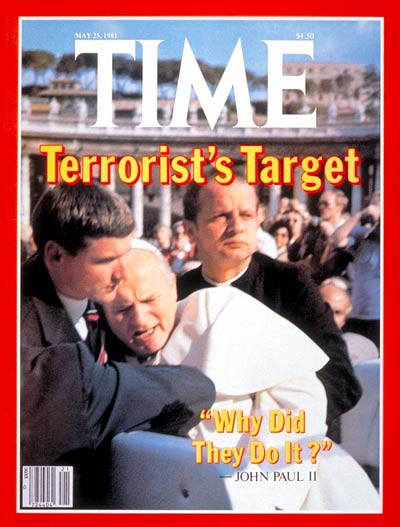

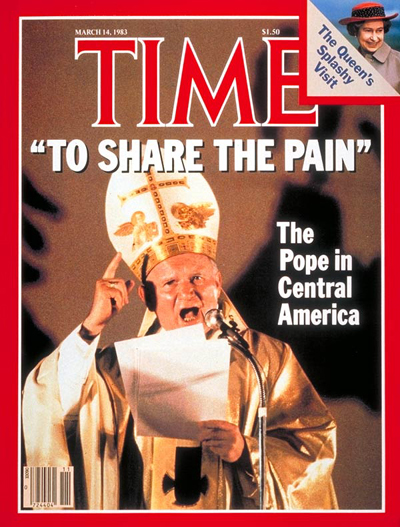

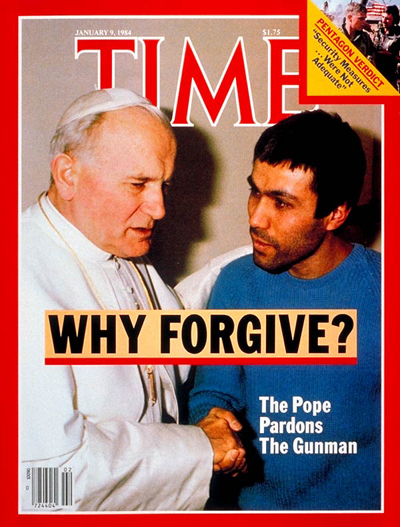
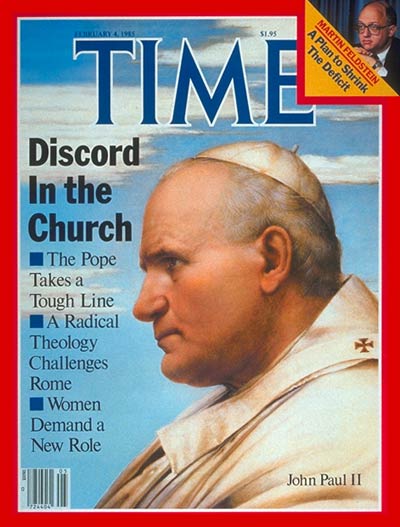
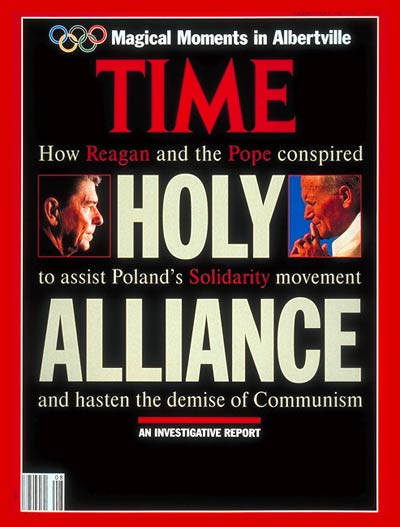
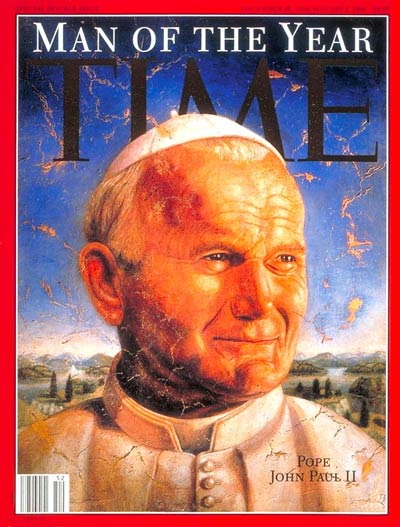

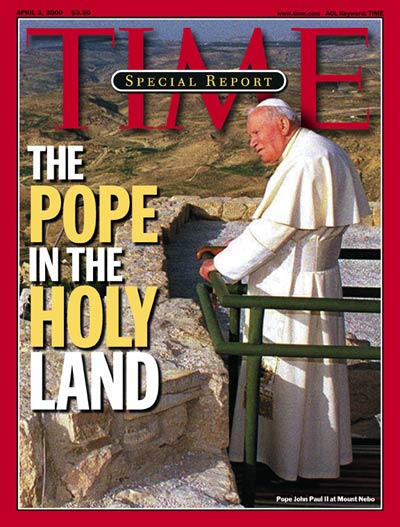


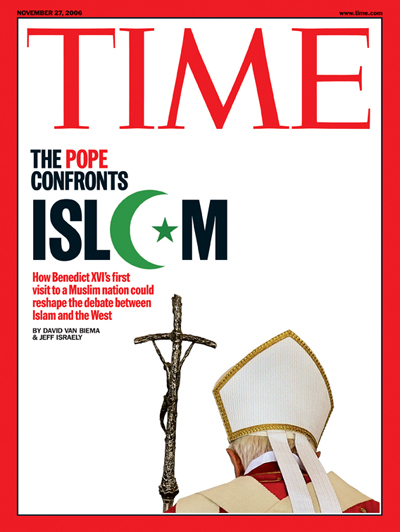
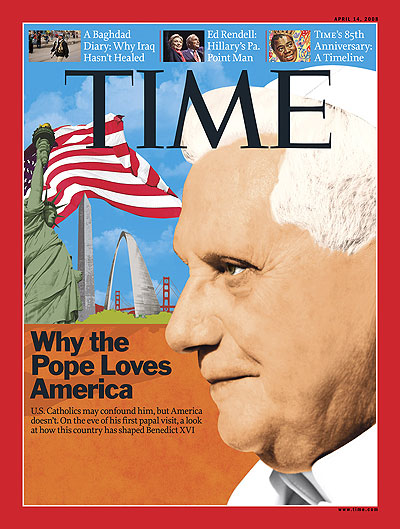


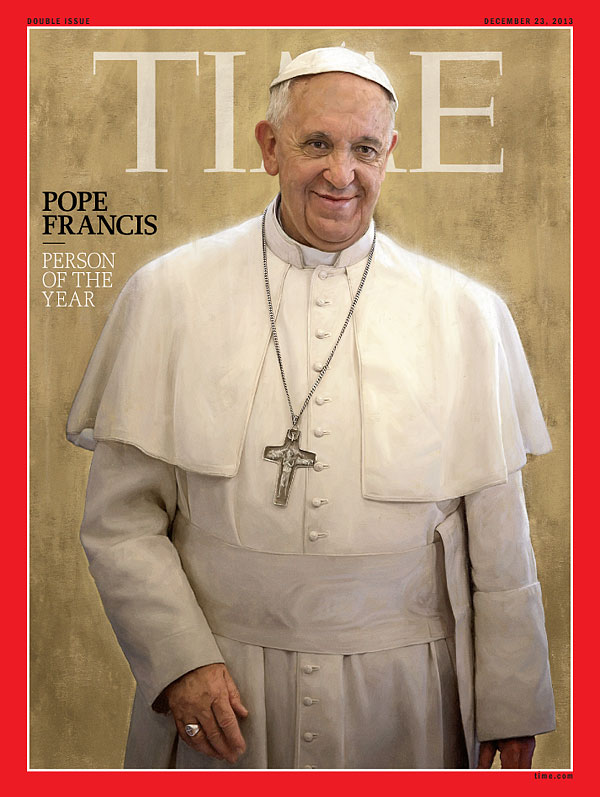
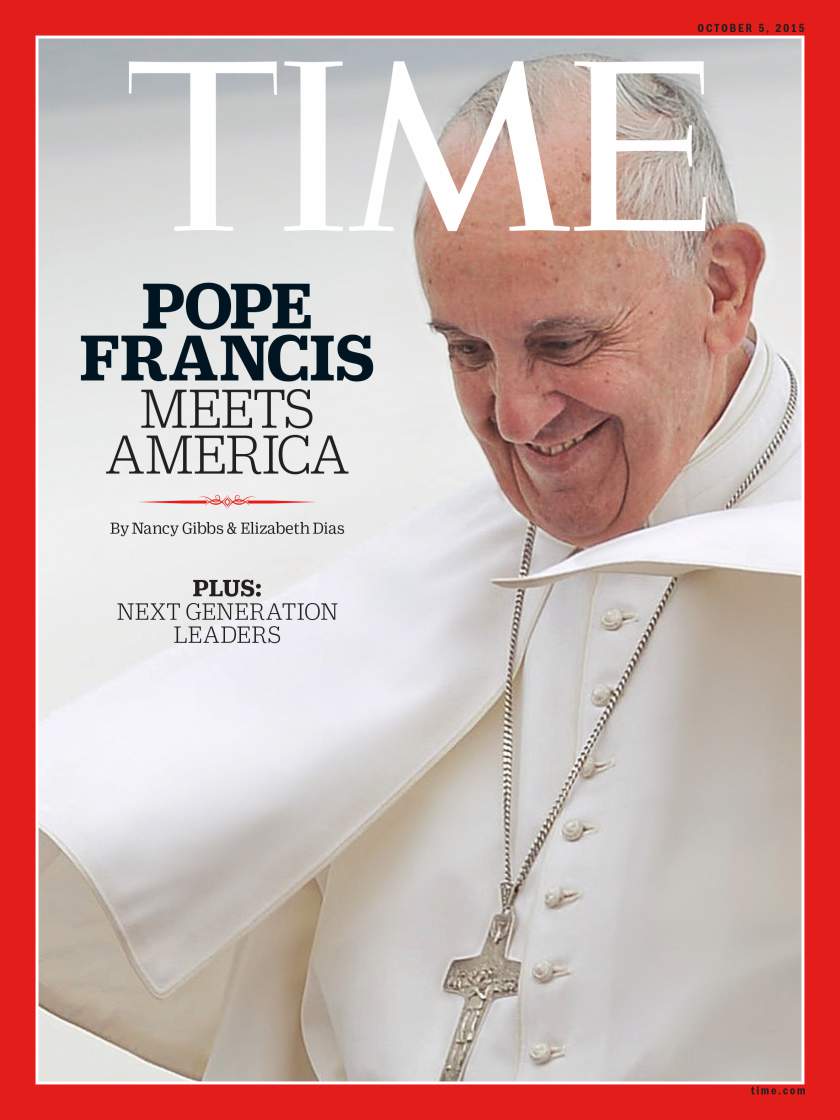
More Must-Reads From TIME
- The 100 Most Influential People of 2024
- The Revolution of Yulia Navalnaya
- 6 Compliments That Land Every Time
- What's the Deal With the Bitcoin Halving?
- If You're Dating Right Now , You're Brave: Column
- The AI That Could Heal a Divided Internet
- Fallout Is a Brilliant Model for the Future of Video Game Adaptations
- Want Weekly Recs on What to Watch, Read, and More? Sign Up for Worth Your Time
Write to Lily Rothman at lily.rothman@time.com